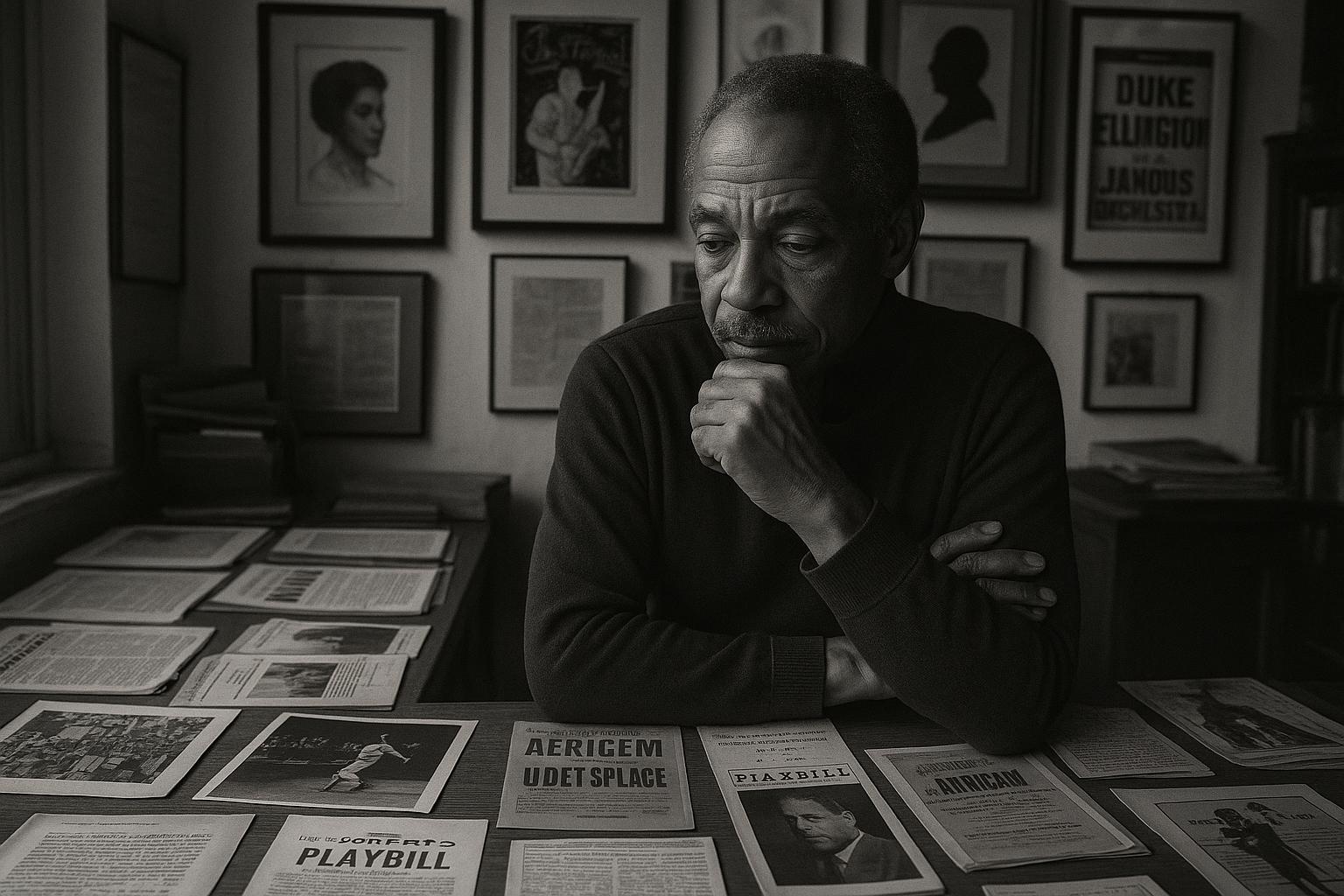David Bowie’s journey from a young boy in Bromley with showbusiness aspirations to an iconic cultural figure is famously marked by perseverance and a meticulous attention to detail that extended well beyond his music and performance. The story begins with a letter of recommendation penned by his father, Haywood Stenton Jones, between 1964 and 1966. Mr Jones’ words, blending pride and concern, encapsulated the hopes for a son who was determined, sharp-minded, and resilient despite early disappointments. Tragically, Jones died of pneumonia just months before Bowie, then 21, would break through with his seminal hit "Space Oddity."
The early presence of such paternal support and the abrupt loss of it appear pivotal in shaping Bowie’s relentless drive. His childhood friends described his father as a “lovely, gentle man,” while Bowie navigated a fraught relationship with his mother and the mental health struggles of his half-brother. This familial backdrop set the stage for Bowie’s early years in entertainment, where rejection—from legal patronage to record labels—was common. Yet, true to his father’s vision, Bowie’s tenacity never wavered.
Remarkably, Bowie maintained a lifelong habit of collecting and curating every aspect of his extensive and varied career. This practice has culminated in a vast archive of more than 90,000 items now housed at the Victoria and Albert Museum’s new East Storehouse in east London. This collection, opening to the public on 13 September 2025 as the David Bowie Centre, offers unprecedented access to the singer’s handwritten lyrics, personal correspondence, photographs, and iconic stage costumes, such as the ice-blue suit from the 1972 "Life on Mars?" video and Kansai Yamamoto’s rabbit-print bodysuit from the Ziggy Stardust era. These artefacts illustrate Bowie’s curatorial mindset and his understanding of his own cultural and artistic legacy from the outset.
Fashion played a central role in Bowie’s creative expression and identity. Daphne Guinness, a fashion designer and long-time acquaintance, notes Bowie’s Capricorn-like organisation and curiosity, contrasting him with other stars more self-absorbed. Bowie’s interest in fashion extended to relationships with luminaries like Alexander McQueen, emphasizing his engagement with diverse artistic worlds. His art collection, donated to the V&A by his widow Iman, alongside treasured items such as a taped photograph of Little Richard, attests to the continuous inspiration Bowie drew from various creative influences.
The archive also reveals a profound commitment to documenting his working process and ambitions. From a handwritten 1966 chart plotting potential projects to diary entries detailing the making of songs like "Fame" and reflecting on collaborations with John Lennon, Bowie’s records offer intimate insights. Mike Garson, Bowie’s longtime pianist, highlights Bowie’s organisational prowess and willingness to blend structure with creative freedom, a balance that propelled his ability to innovate while drawing on collaborators’ talents.
Bowie's working life was far from detached from the practical realities of the world around him. Annotations on a Berlin restaurant menu from 1977 show a more personal side amid the tension of a divided city that influenced the "Heroes" album. Producer Tony Visconti recalls the stark atmosphere of Berlin at the time, contrasting it with the cheap rents Bowie enjoyed, emphasizing the artist’s immersion in place and context.
Notably, Bowie’s foresight extended into the digital age. In a 1998 letter, he accurately predicted how music distribution would shift, anticipating content’s dominance over traditional retail formats. This vision culminated in BowieNet, the internet service he launched in 1998. His 1999 interview with Jeremy Paxman, lauded for its insight, forecast the internet’s disruptive impact on the relationship between artists and audiences, highlighting Bowie’s enduring role as a cultural visionary.
The David Bowie Centre’s opening marks a significant moment, providing public access to over 90,000 artefacts that collectively chart a six-decade career. The facility forms part of the V&A East Storehouse’s broader mission to democratise museum experiences by enabling visitors to order objects for closer study and engagement. This innovative approach reflects Bowie’s own boundary-pushing ethos, allowing fans and scholars alike to explore his legacy in depth.
Despite the richness of the archive, some of Bowie’s creative traces remain bittersweet. In 2018, a wildfire destroyed Mike Garson’s home studio, though a charcoal portrait Bowie drew was saved, a poignant reminder of what might have been had Bowie pursued visual arts more fully. Yet the extensive preservation, from fan letters to sketched ideas, ensures that his life and work continue to inspire.
In all, the archive and forthcoming centre not only celebrate David Bowie the musician but also the man who collected the world around him—meticulously, passionately, and with an acute awareness of his place in cultural history. For fans and historians, this is an unparalleled opportunity to engage with the inner workings of one of popular culture’s most complex and influential figures.
📌 Reference Map:
- Paragraph 1 – [1]
- Paragraph 2 – [1]
- Paragraph 3 – [1], [2], [3], [4], [5], [6]
- Paragraph 4 – [1]
- Paragraph 5 – [1]
- Paragraph 6 – [1], [5]
- Paragraph 7 – [1]
- Paragraph 8 – [1], [6], [7]
- Paragraph 9 – [1]
- Paragraph 10 – [1], [2], [3], [4], [5], [6], [7]
Source: Noah Wire Services
